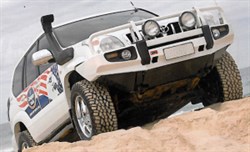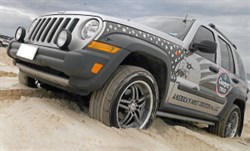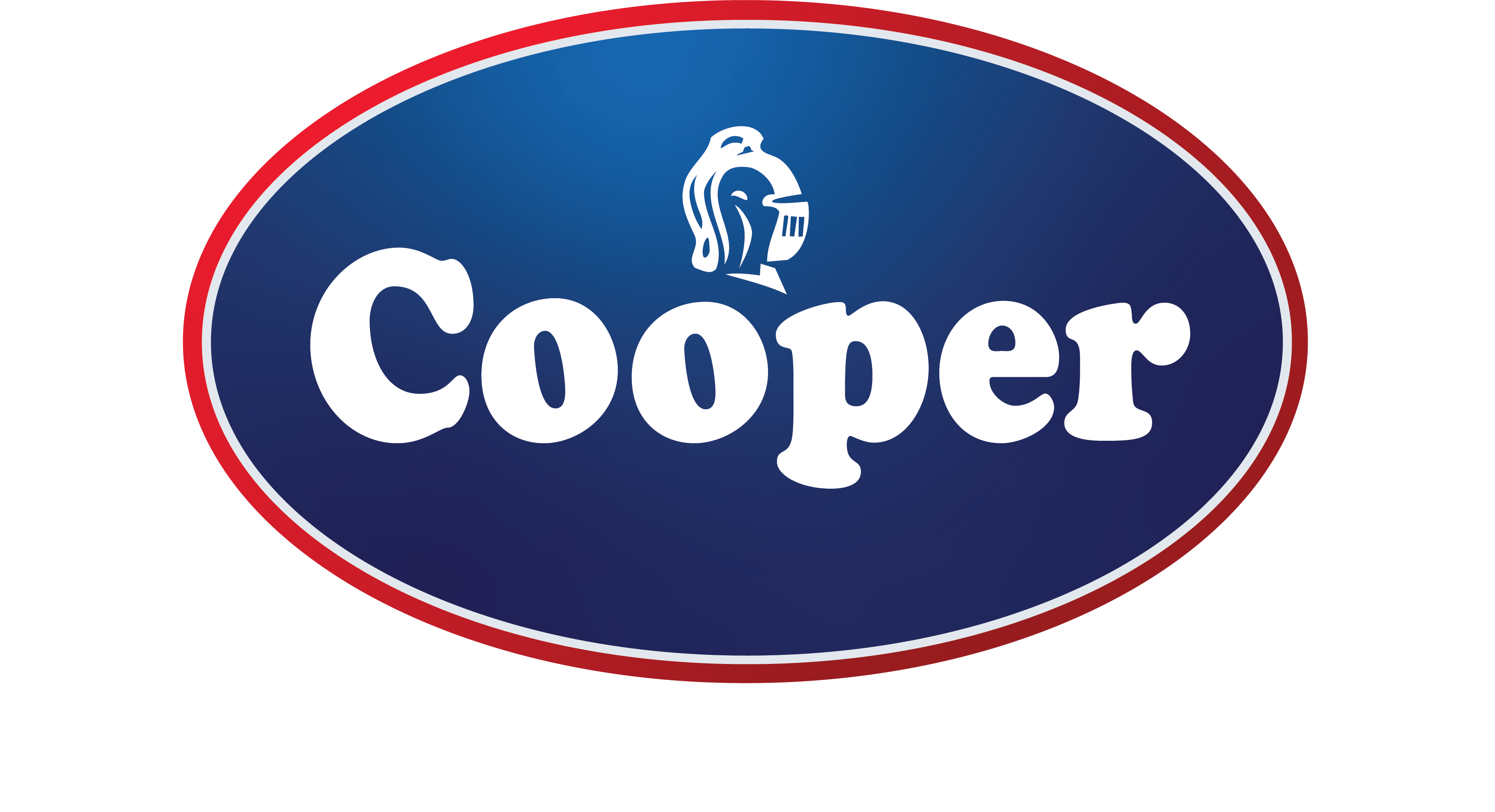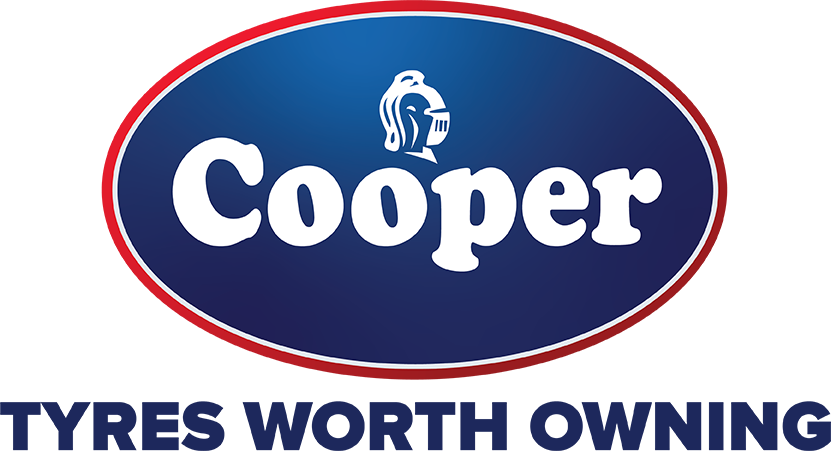The Truth About Low Profile Tyres
‘Profile’ is the relationship between the width of the tyre – shoulder to shoulder – and its sidewall height – rim to tread. Profile is expressed as a percentage of height to width, so a 100 percent profile tyre, like a 7.00×16 bias-ply tyre from the ‘50s and ‘60s, has a sidewall height the same as its width.

You can tell the profile of a 4×4 tyre by looking at the code on the sidewall: the section width (in millimetres) is followed by a forward slash and the profile figure. Most new passenger-carrying 4x4s are delivered on 65, 70 or 75 profile tyres, so sidewall codes look typically like 275/70 or 235-75. However, new luxury 4x4s are delivered on 60 or even 55 profile tyres.
Why Lower the profile?
There are several main reasons why 4×4 makers are taking the low profile tyre path: more precise steering; better on-road handling; more powerful braking; quicker water dispersal; more torque capacity; and, of course, the fashionable ‘fat tyre look’.
Low profile tyres improve steering response because there’s a reduced amount of flexible sidewall between the wheel and the tyre tread. If you fitted a video camera to the front mudguard of a 4×4 and steered it around a series of hard turns you’d see how sidewall flex slows down the steering action that’s imparted to the wheel.

With a higher-profile tyre the wheel can be seen moving momentarily before the tyre follows it. With a low profile tyre there’s no perceptible tyre sidewall flex on the wheel and tyre carcass moves as one in response to steering inputs.
A low profile tyre can improve on-road handling, because the stiffer sidewall doesn’t roll towards the inside of the corner and so the tread area remains more stable, in contact with the road.
As the on-road performance of 4x4s continues to increase, the need for more powerful brakes rises in proportion. We saw a shift in the 1990s across the entire 4×4 large wagon market from 15-inch to at least 16-inch wheels and the main driver for that move was the need to fit bigger-diameter brake discs. As power levels and braking demands climb higher the shift from 17x to 18s, 19s and even 20-inch wheels has begun.
The torque load on a tyre is greatest at lift-off and under heavy braking, and the torque capacity of a tyre is generally increased if its sidewalls aren’t very tall. A stiffer sidewall is better able to resist the tendency for a wheel to rotate inside the tyre – look at slow-mo footage of a dragster taking off for an illustration of tyre torque capacity.
For more information about low profiles call 1300 COOPER and talk to one of our specialists.

